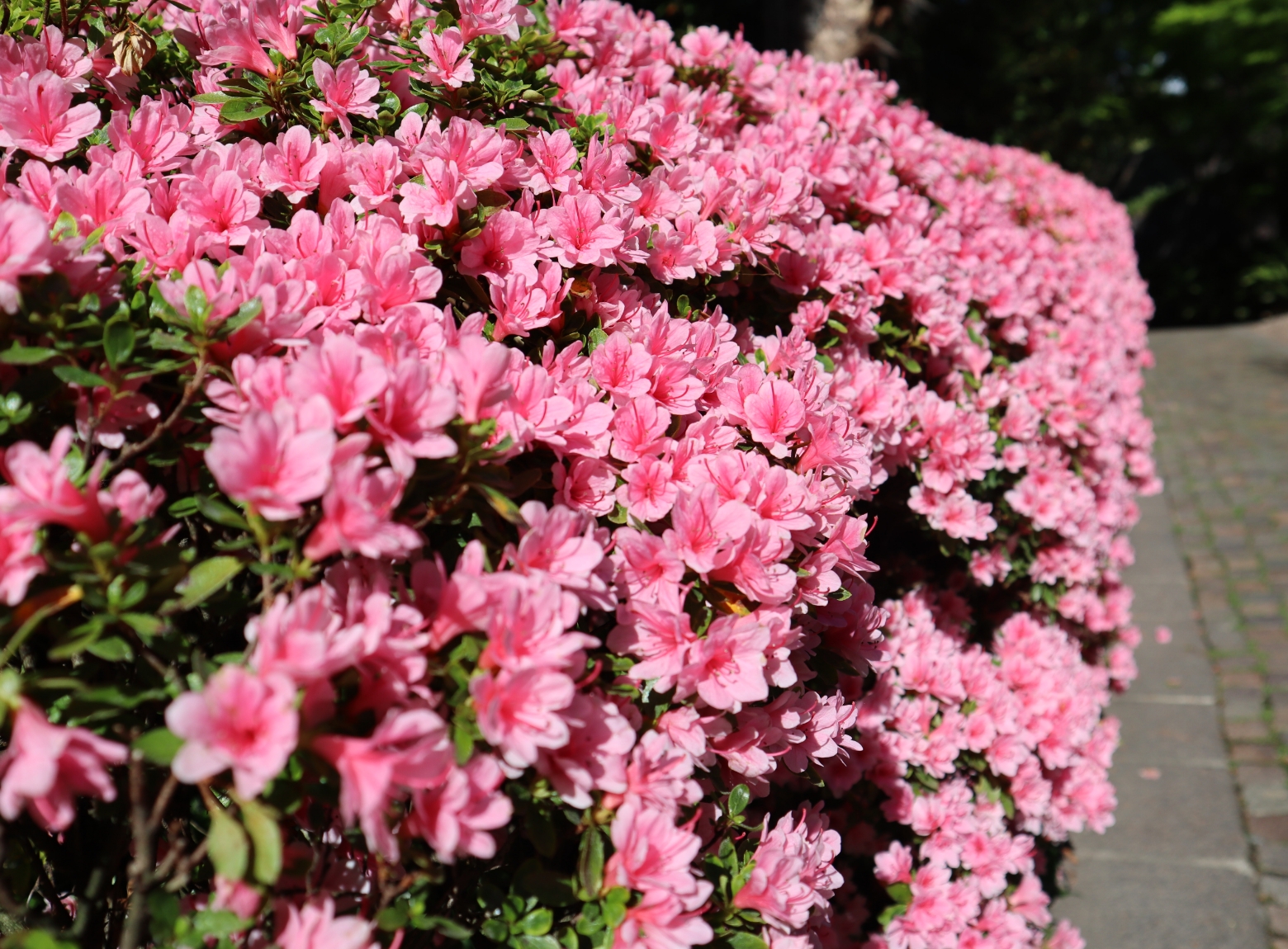Seasonal blooming highlights
At Trauttmansdorff the blooming highlights are an interplay of colours that shift continually throughout the course of the year: luxurious blooms in spring, fragrant exotic plants in summer, and the vivid hues of autumn. The Gardens of Trauttmansdorff Castle are always worth a visit.
Spring
The flowers of Trauttmansdorff burst into bloom in spring: thousands of tulips, daffodils, crown imperials, buttercups, forgetme-nots and Iceland poppies shine, forming colourful carpets of flowers that greet visitors as they stroll through the twelve-hectare grounds of the Gardens. Exotic camellias, ornamental Japanese cherry blossoms, lush rhododendrons and elegant peonies form showy, eye-catching plantings throughout the Gardens, together with other flowering shrubs and resplendent flowering trees.The season brings a delightful contrast between the delicate and nuanced colour of the young shoots and the dark green foliage of evergreen exotics.
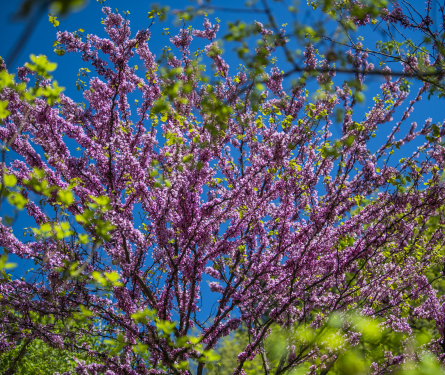
In the Sun Gardens, the Judas tree sprouts small clusters of purplish pink flowers right on older branches or even on the tree trunk. Called cauliflory, this is a rare botanical occurrence.
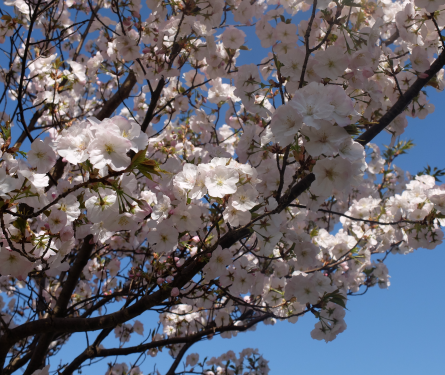
In Japan, the period of time when the cherry trees bloom is a very special moment in popular culture. In early April, dense and full cherry blooms flower in a range of hues of pink and white, forming a striking contrast to the snow-capped mountains surrounding Trauttmansdorff.
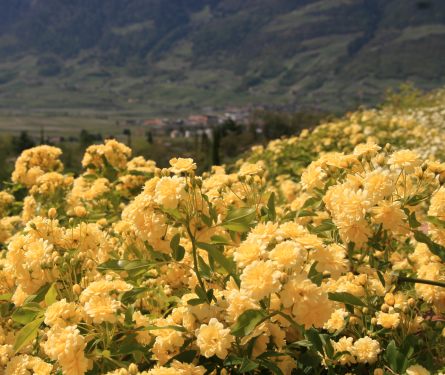
At the end of April, the lush yellow petals of the Lady Banks’ rose (Rosa banksiae var. banksiae 'Lutea') cover the castle walls under the Sissi Terrace. This vigorously growing, thornless climbing rose was imported from China to Europe at the beginning of the nineteenth century.
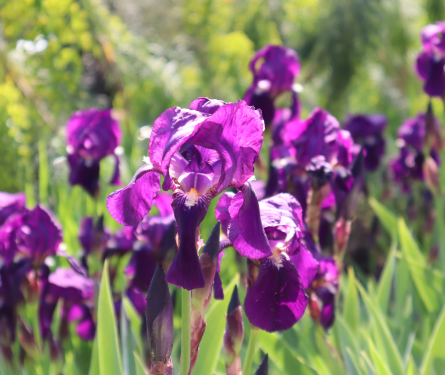
In May, irises dominate the lush bank vegetation of the Water Lily Pond. They bloom in a wide range of colours, from white to yellow to intense blue.
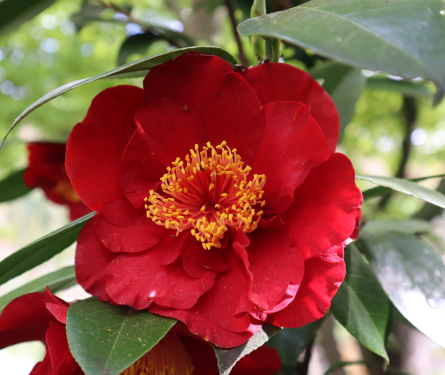
In early spring, more than ninety varieties of camellias bloom in the dense and exotic Palm Grove. Camellias are among spring’s most splendid and noblest flowering shrubs. Evergreen azaleas follow, forming a bright carpet of flowers.
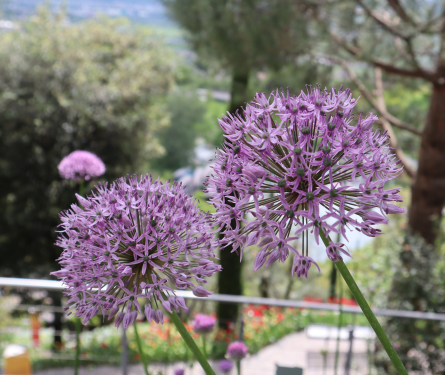
The large flowerheads of the ornamental onions planted below Trauttmansdorff Castle are eye-catching in May: each one is made up of more than 50 small, star-shaped single flowers.
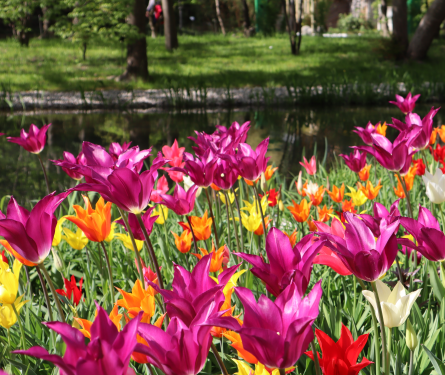
In April, more than 150,000 tulips burst into bloom, splashing a rainbow of colour across the Gardens. There is a wide array of flower shapes, ranging from single-flowered to peony-flowered tulips to lilyflowered tulips.
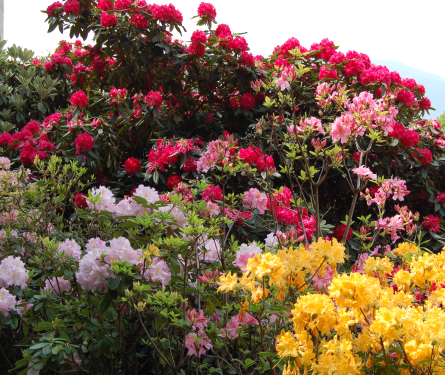
During the main blooming period from April to May, Rhododendron Hill shines with more than a hundred varieties and species in a wide array of colours: pure white, various shades of yellow, salmon, pink, intense red and dark violet.
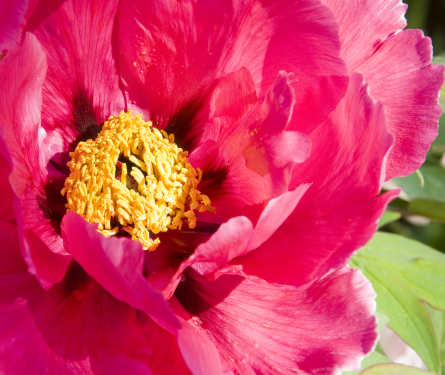
At the end of April the enormous, showy blossoms of more than eighty different varieties of shrub peony delight visitors of all ages: most are double and can reach up to twenty centimetres in diameter.
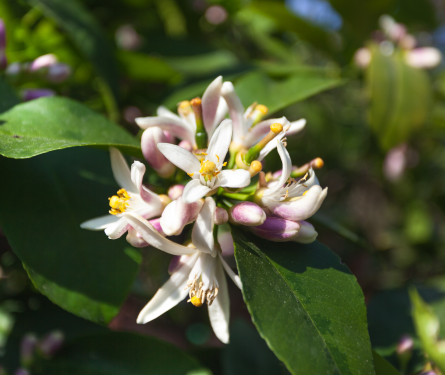
The Lemon Terrace provides a place for rest and relaxation amidst lemon and orange trees. In the Limonaia below, visitors revel in the sweet fragrance of citrus tree flowers.
Summer
Summer is a time of abundance at Trauttmansdorff: vibrant flower beds, fragrant English roses, and exotic Mediterranean plants such as oleander and silk acacia give a colourful show. In June, lavender bushes cut in spherical shapes bloom below the castle. Immediately adjacent is the Flowering Meadow, where thousands of summer-blooming perennials vie for attention.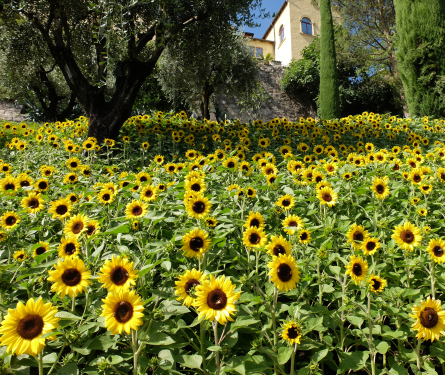
In the northernmost olive grove in Italy thousands of sunflowers are planted several times in the course of summer. This carpet of yellow flowers thus remains in bloom well into fall.
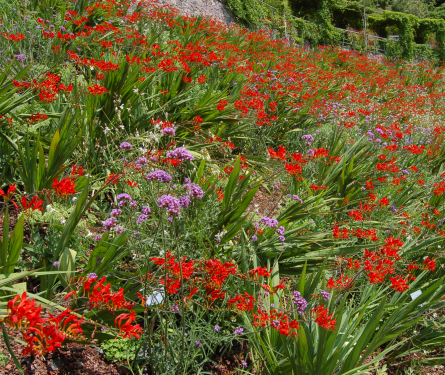
Following early spring bloomers like tulips, bleeding hearts, Oriental poppies, and irises, the warm days of summer bring the white Lindheimer’s beeblossom, violet-hued phlox and radiant red montbretia, giving the impression of a species-rich flowering meadow.
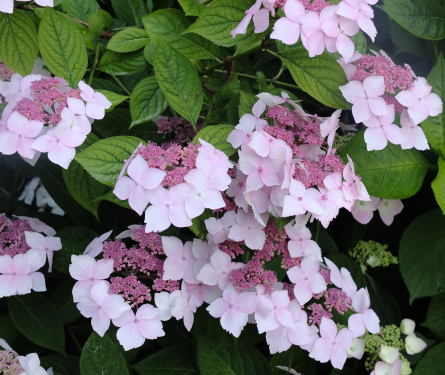
Trauttmansdorff’s Hydrangea Collection, comprising about 280 different varieties, blooms in summer. Large, lush flowerheads are interspersed among the flat inflorescences: the shades of colour range from white to pink to deep blue.
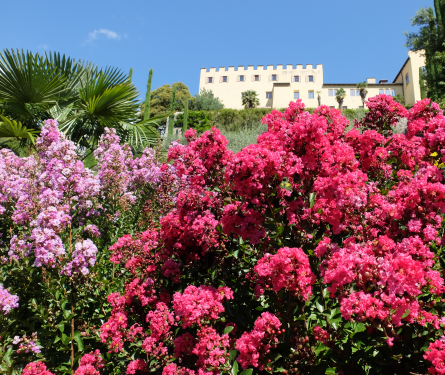
In August, lush crepe myrtle flowers delight visitors, with a colour spectrum running from white to pink to coral red to dark pink, and bloom for several weeks.
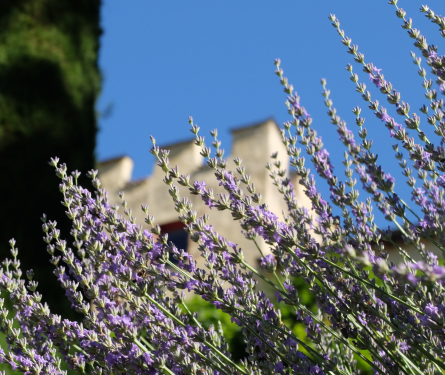
Spherically pruned lavender bushes bloom below the castle beginning at the end of June, evoking images of the lavender fields so typical of Provence.
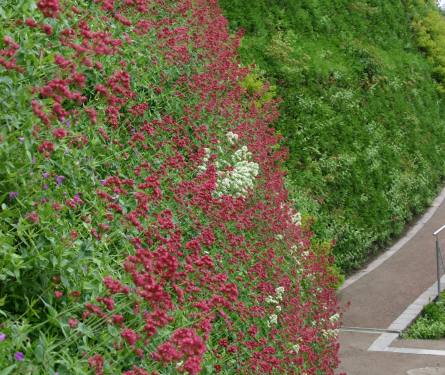
Yarrow plants, asters, red wood avens, red centranthus, and other perennials bloom in a kaleidoscope of colour on these nearly vertical flowerbeds.
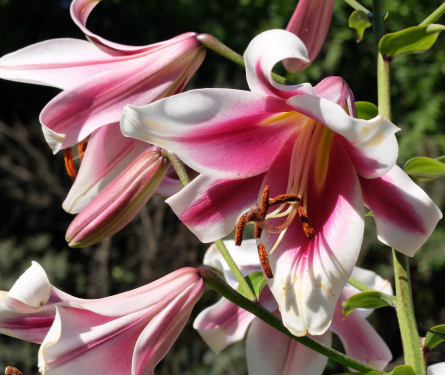
A myriad of daylilies, which form flowers similar to the “real” lily, form a tapestry of colour where the Forests of the World area begins. True lilies eventually supplant the daylilies with large, richly coloured and fragrant blossoms.
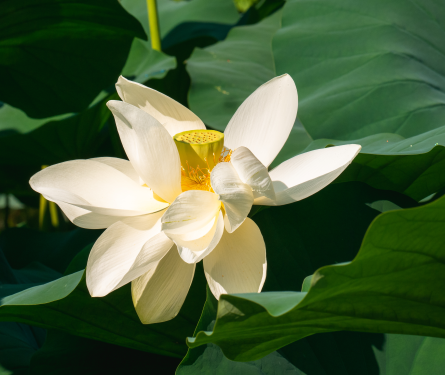
In June and August the lotus flowers impress with their large and pink-coloured blossoms. These plants are remarkable because they are able to raise their temperature: this not only intensifies the fragrance of their flowers, attracting pollinating insects, but also offers those insects a snug and warm place to stay overnight.
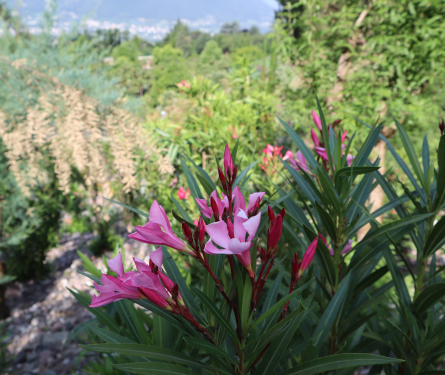
Oleander flowers evoke the idyllic landscape of the South. At Trauttmansdorff, the Sun Gardens area is home to the lushly flowering oleander shrub, with prolific, wheelshaped flowers in hues of white and pink.
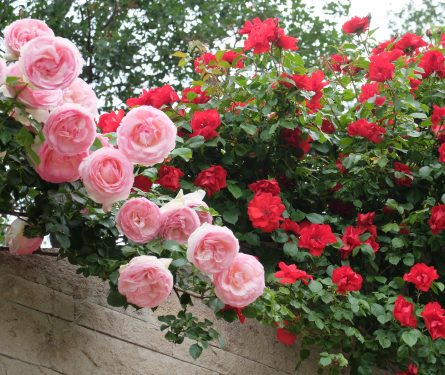
The queen of the flowers debuts in the middle of May. Wild roses fill the Rose Garden with an intense blaze of colour. And English roses permeate the Sense Garden with intoxicating fragrances that make a visit to the Gardens a truly sumptuous experience.
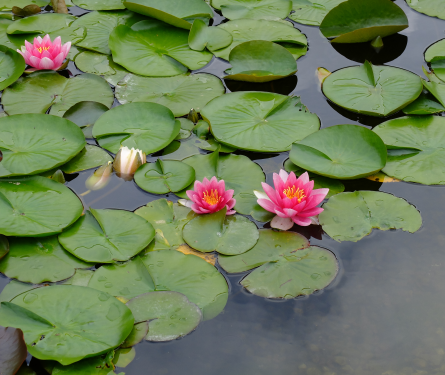
During summer the colorful water lily blossoms sway majestically on the surface of the water: “Cushions” of air keep the blossoms afloat. Special light receptors within the blossoms make sure that they only open up when the sun is shining; during the night, when in shadow and during rainstorms they remain closed.
Autumn
The sunny days of autumn illuminate the Gardens of Trauttmansdorff Castle for the last time every season: rich evergreens and lush perennial flowerbeds make the Gardens more than worthy of a visit at this time of year. Purple and blue autumn asters unfold their flowers in the Water and Terraced Gardens, while Mediterranean fruits such as pomegranates, figs, olives and grapes form an unmistakable portrait of the South in the Sun Gardens.
Forests of the World shines in warm autumn colours ranging from yellow to orange to deep red, especially in forests that model those of the Americas and Asia. Even in late autumn, Trauttmansdorff has blooms to offer, from the elegant fall camellias of Palm Grove to the lush strawberry trees of the natural Mediterranean landscapes.
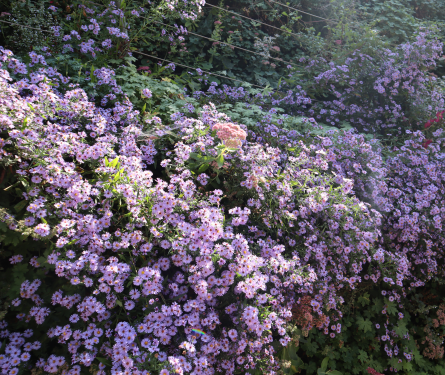
The splendour of the blooming asters sets the Water and Terraced Gardens and Flowering Clay Wall ablaze. The spectrum of colours encompasses a wide array of pinks, reds, blues, as well as lilac and white.
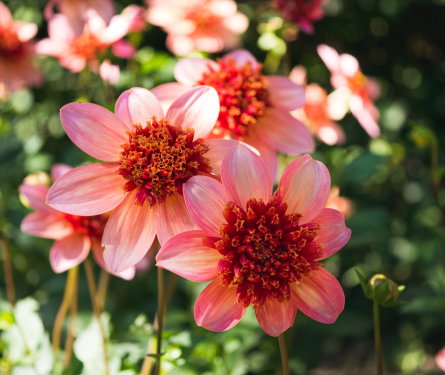
The Dahlia Collection’s around 170 colourful species flower between midsummer and the end of October. Their different flower shapes are classified as collerette, ball, pompon, orchid, anemone, waterlily, cactus and lanciniated dahlias.
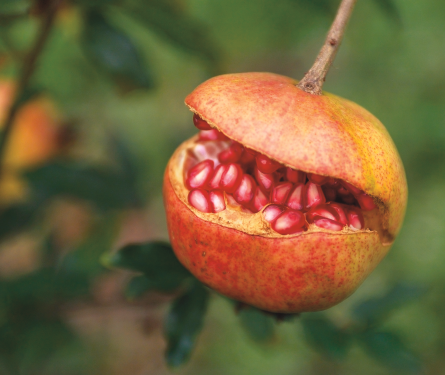
Fruits of the South such as olives, lemons, grapes, figs and pomegranates ripen here, where man and nature alike delight in the sun.
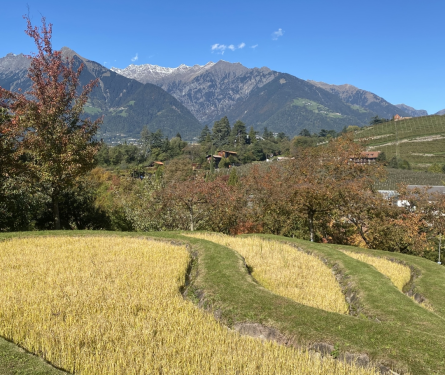
It is in fall that the rice matures. Models of rice paddy fields are on exhibit here, created on terraces just like they are in East Asia.
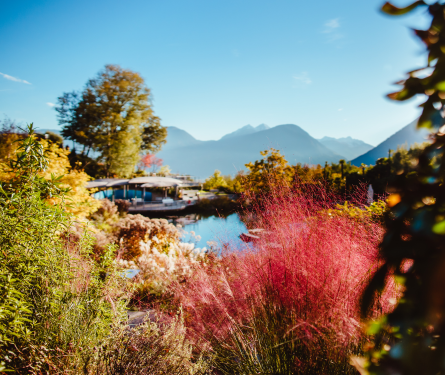
Autumn drapes Forests of the World in its most brilliant finery. The brightly coloured leaves of North American deciduous trees conjure images of Indian summer. In the Japanese Garden, the Japanese maple blazes in bold hues of red.
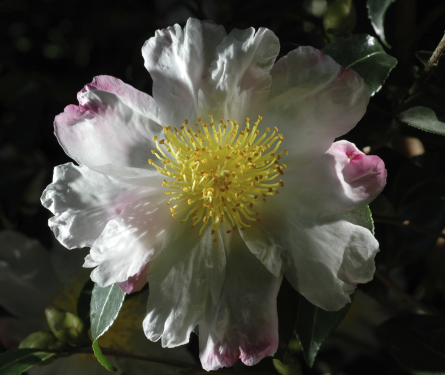
The first camellias of autumn bloom under exotic windmill palms. The white and light pink flowers of the 'Yae-arare' variety exude a delicate aroma.
Blooming Highlights



